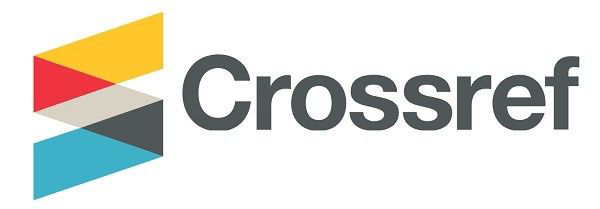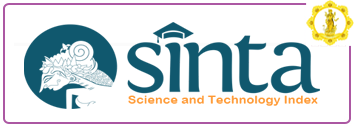Assessment of Principal’s Instructional Leadership in Selected Public Schools: Basis for Instructional Development Program
DOI:
https://doi.org/10.25078/jpm.v6i2.1305Abstract
By heart, a principal will remain a classroom teacher. His/Her appointment was not only based on educational qualifications but more importantly on experience and expertise as a classroom teacher. As a teacher rises from the ranks, he/she continues to teach but with lesser teaching loads. Being the principal, he/she primarily the instructional leader of the school despite the more administrative responsibilities on his/her shoulders. Educational leadership experts believed that principals must their role as instructional leader is 70 % and as administrator is 30 %. However, it has been observed that with the demanding administrative work, lesser attention is given to his/her role as an instructional leader. To find out how principals fulfill their role as instructional leaders, this study assessed the instructional leadership of principals in selected public schools in Metro Manila, Philippines. There were 150 elementary teachers who participated in the study. Using the contextualized Principal Instructional Management Rating Scale (PIMRS) by Hallinger (1982), it found out that the principals are fulfilling their roles as instructional leaders in terms of communicating the department’s development plans, promoting professional development, supervising and evaluating instruction, and providing incentives for teachers. However, they need to enhance their instructional leadership roles in three areas namely maintaining high visibility, monitoring student progress, and framing the department’s development plan.









